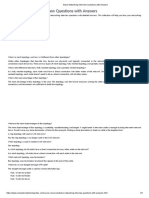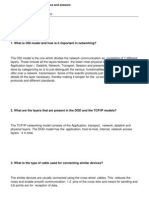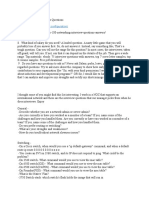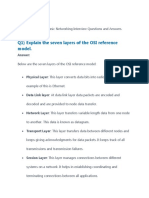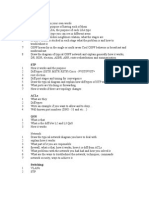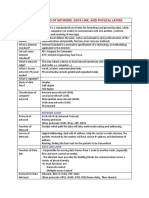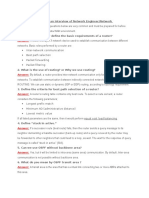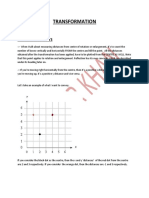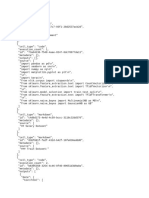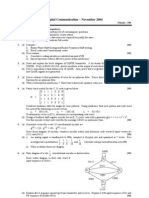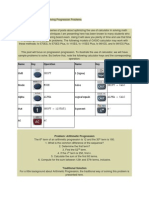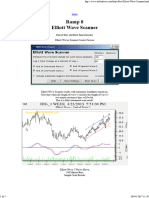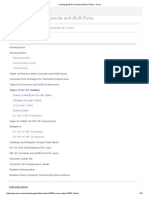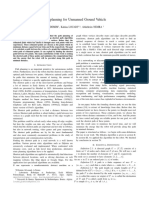0% found this document useful (0 votes)
16 views5 pagesNetwork Engineering Interview Questions
The document provides a comprehensive overview of network engineering interview questions and answers, covering topics such as the OSI model, routing and switching, IP addressing, network troubleshooting, security, and advanced topics like BGP and SD-WAN. Key concepts include the differences between TCP and UDP, the purpose of NAT, and the functions of firewalls. It serves as a useful resource for candidates preparing for network engineering interviews.
Uploaded by
currentaffairstoday02oct2023Copyright
© © All Rights Reserved
We take content rights seriously. If you suspect this is your content, claim it here.
Available Formats
Download as PDF, TXT or read online on Scribd
0% found this document useful (0 votes)
16 views5 pagesNetwork Engineering Interview Questions
The document provides a comprehensive overview of network engineering interview questions and answers, covering topics such as the OSI model, routing and switching, IP addressing, network troubleshooting, security, and advanced topics like BGP and SD-WAN. Key concepts include the differences between TCP and UDP, the purpose of NAT, and the functions of firewalls. It serves as a useful resource for candidates preparing for network engineering interviews.
Uploaded by
currentaffairstoday02oct2023Copyright
© © All Rights Reserved
We take content rights seriously. If you suspect this is your content, claim it here.
Available Formats
Download as PDF, TXT or read online on Scribd
/ 5















